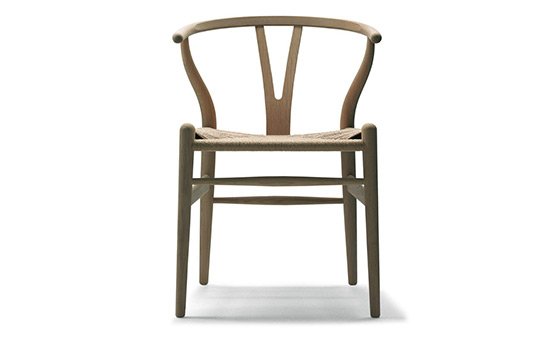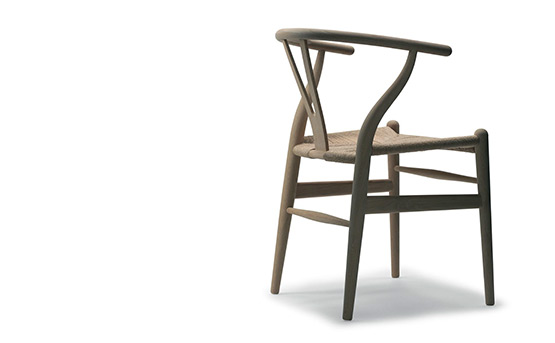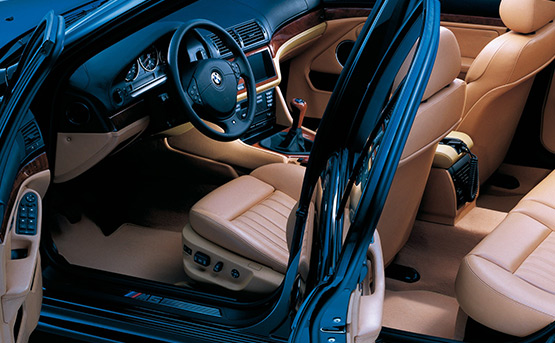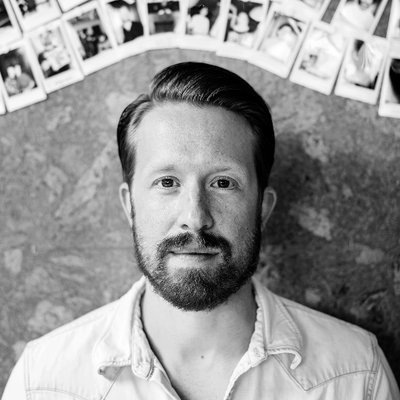Mainstream media continues to perpetuate tech startup success stories. This, combined with reduced barriers to entry has created a ‘be in it to win it’, get-rich-quick mentality in the tech business. We’re in the middle of a digital gold rush, not dissimilar to the dot-com era, except digital experiences dominate our lives more now than they did back then.

In the charge to be first to market, companies are increasingly using quick fixes and shortcuts to bring their grand ideas to market.
Quality will always challenge budgets and the freshness of this industry means fiscal decisions often favour speed over quality. There is a perception that being first to market equates to better, but this is far from the truth.
When looking at more mature product markets such as the automobile and retail industries, there is definite acknowledgment of craftsmanship, attention to detail and the time it takes to reach perfection.

Why should the timescale of crafting a digital experience be any different to the time it took Hans J. Wegner to perfect the curved shape of the CH24 chair for Carl Hansen & Søn? Or the time taken by BMW in honing the sound and feel to a closing door of one of its cars? Craftsmanship acknowledges the commitment to mastering the material one works with to make great products that last and ultimately satisfy the user.

The rapid evolution and growth of the digital industry has made all things we appreciate about good design and ergonomics disappear.
Imagine a bus driver spending their working day sitting on a basic stool—there would be uproar! But there are thousands of people in offices struggling with poorly designed digital utilities ranging from bulky Customer Relationship Management systems to document handling and project management tools. It seems there’s more concern over feature lists than creating intuitive experiences that support the users and help productivity.
When focusing on speed and cost-cutting, products that are intended to help users become more efficient instead become a hindrance, creating barriers to getting things done. This whole approach is counterproductive as cutting corners in a race to become the first next big thing creates gaps and inconsistencies in the experience that the user must overcome. Focusing on getting the design and user experience right first and foremost is the most productive approach in the long run.
We need to see a passion for user-centered design and software development and at ustwo™ we take a different stance to this quick-fix mentality. We’ve built an entire workflow around craftsmanship and attention to detail, from ideation through to project management, software development and QA testing. We strive for ‘Pixel Perfect Precision’ from start to finish. This applies not only to our client work where we focus as much on early research as we do on implementation, but our own IP work as well. The approach ensures projects start in the right direction, and can be fine tuned further down the line.
The three key ingredients to getting it right are user involvement, an iterative approach and understanding the business goals. By deeply assessing what the business should achieve with a digital product and its experience as well as making sure you are getting users into the development process you'll not only get hands-on feedback on what you need to adapt, but you'll also gain an understanding of where your next iteration should take the experience. Prepare to fail fast and learn in full alignment with the business objectives.
Even the biggest idea in the world will never be able to compete with how it manifests itself through its user experience. Likewise, a quick-fix solution will never have the impact of a carefully crafted one, nor will it stand the test of time.
From the initial idea to the user research, interaction design, attention to the look and feel of each and every button and icon; it's essential to create digital products with the same love and attention as the great design classics.Embedded content: http://www.youtube.com/embed/Kg8QWVgtUzc?rel=0
A short video showing the skill, time and experience it takes to craft a Dunhill bag
